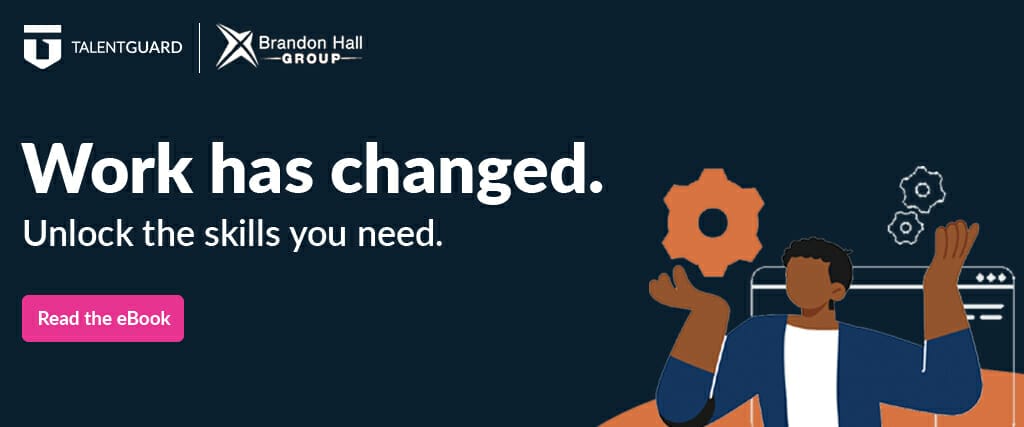Developing Internal Talent: What You Might Be Missing

Developing Internal Talent: What You Might Be Missing
Organizations across the United States and the world are suffering from a lack of talent as they continue to expand. Businesses are struggling to fill key roles that can help ensure the long-term growth of the company. The pandemic has changed the ways that employees see work and how employers are holding onto and finding the right people for open roles.
There are multiple reasons that employers are having difficulty recruiting the right people. Employees have more opportunities now more than ever and the pandemic has pushed some employees to change their careers and take more risks. Some employees also prefer work from home environments, which many companies have made a stance for or against this new work dynamic. Additionally, employees may be unaware of opportunities at their current organization and how they can get these roles.
Whatever the reason, employers are having difficulty utilizing current recruiting solutions to fill their open positions. Organizations will continue to have difficulty finding the right people unless they change how they fill these roles. Instead of looking outward for talent, organizations need to focus on their existing talent. This is easier said than done.
What You Can Do Today, and What Might be Missing
Organizations can leverage their existing talent in order to fill in their current talent gaps. This can be easily accomplished with the right succession planning solution. However, after potential candidates are found, developing them to fill any gaps can be a difficult task because organizations can struggle to provide the proper skill and competency training to employees. Many organizations utilize learning management systems (LMS) in order to provide training to employees but there is an essential piece of the puzzle missing.
The main purpose of an LMS solution is to host and track online learning and training. Employees can easily access training materials and resources in a centralized location and dedicated employees can utilize that content to improve their skills and competencies. This can prove to be very effective, but in most scenarios, the learning content is not appropriately mapped to a specific skill, competency, and proficiency level. Instead the learning can often be too general and not fit a specific requirement. Most of the time, this is not sufficient for managers and HR teams to fully understand how the content impacts their ability to perform in a certain role. Additionally, an LMS solution may not show the skill gaps required for employees to move into an aspirational role or a position that the company could be grooming certain employees for.
Fill in the Gaps with the Right Platform
Learning management systems can host and provide valuable content that employees need to grow but it is important for that system to communicate with one that can provide the missing and necessary information that allows for a tailored experience that employees need. With talent shortages and recruiting difficulties, it is essential to be able to identify the right talent and allow them to continuously develop.
With the right platform, organizations can ensure that their employees can clearly see the proper pathway to their desired positions with the right development resources mapped to their specific needs. Organizations will have the visibility they need to properly train their employees to fill open positions, provide additional upskilling, and embrace the dynamic nature of their workforce. HR teams and managers will be able to identify talent gaps in employees and develop a plan of action to address those gaps.
rOverall, as organizations look to find ways to fill key roles, looking inward is a great place to start. With the right solutions in place, any organization can understand who in their company can fill a given role, identify any necessary gaps, and connect to the right learning material to efficiently develop talent.
To learn key strategies for developing internal talent, request a demo. For additional research on this topic, visit Brandon Hall.
See a preview of TalentGuard’s platform
Employee Development: From Perception to Reality
Employee engagement surveys are an indicator of how emotionally committed your employees are to your organization – and to their jobs. Ideally the results of your survey should reflect an organization that is perceived as invested in the development of its employees. But while that may be the perception it is often not the reality for most organizations.
Common Mistakes Made in IDP Planning
5 Common Mistakes Made in IDP Planning Companies must create a culture that encourages career and skill development of employees. Planning for continuous employee development must be anchored to mission-critical competencies as well as the goals and mission of the organization. If you are establishing or improving your performance management process, take stock of the […]




